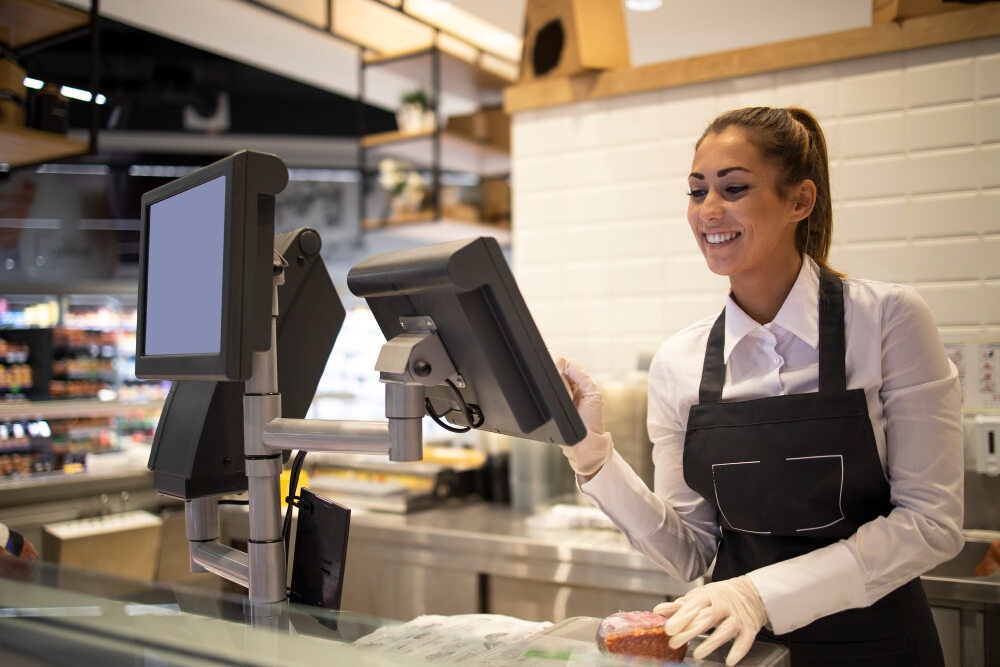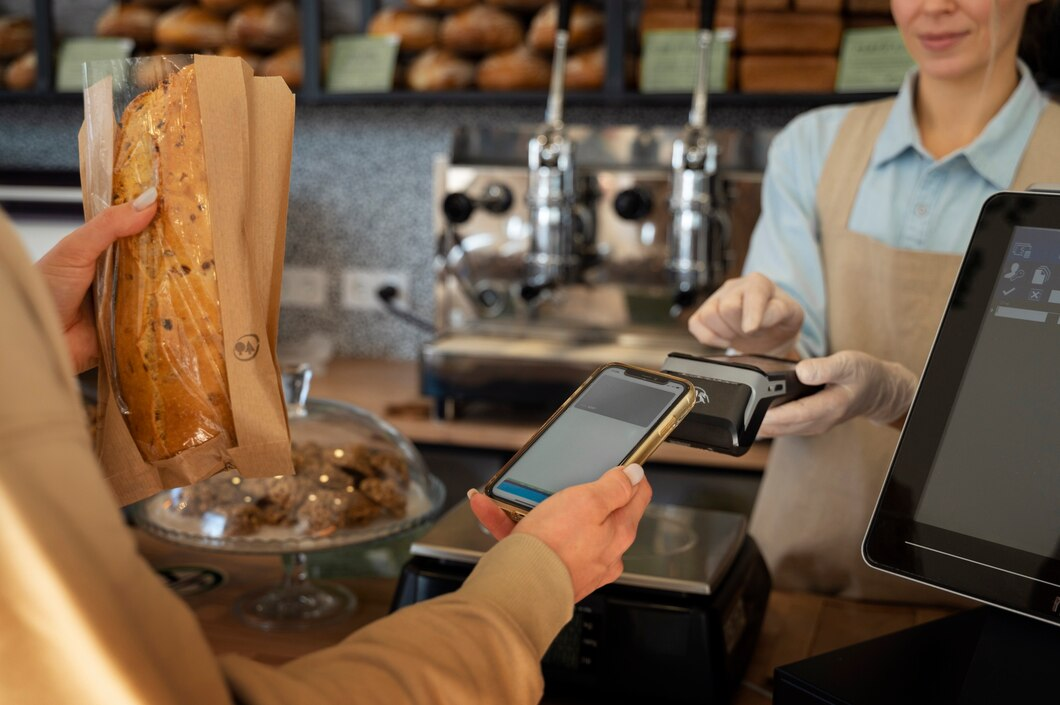How POS Systems Improve Restaurant Efficiency

Running a restaurant is a complex balancing act. From managing orders and tracking inventory to ensuring quick service and maintaining customer satisfaction, efficiency is the backbone of every successful dining establishment. As the restaurant industry becomes more competitive and customer expectations rise, technology has become a critical ally in streamlining operations. At the heart of this transformation lies the Point of Sale (POS) system—a tool that does far more than just process payments.
Modern POS systems are comprehensive management platforms designed to improve every aspect of restaurant operations. By integrating sales, inventory, staff management, and customer relationship features, they help restaurants operate more efficiently, reduce costs, and deliver better dining experiences.
1. Faster Order Processing
Speed is vital in any restaurant setting. A modern POS system allows staff to take orders quickly and accurately using touchscreens or handheld tablets. Orders are instantly sent to the kitchen display system (KDS) or printed at the correct preparation station, eliminating the delays and miscommunication that often occur with handwritten tickets.
With tableside ordering, servers can take orders directly at the customer’s table and transmit them in real-time to the kitchen. This not only speeds up the process but also minimizes errors—ensuring that meals are prepared exactly as requested. Faster order processing means quicker table turnover, allowing restaurants to serve more guests and increase revenue during peak hours.
2. Streamlined Inventory Management
Inventory management can make or break a restaurant’s profitability. A POS system helps automate this process by tracking inventory levels every time an item is sold. It provides real-time updates on stock quantities, alerts staff when supplies are running low, and even generates reorder reminders.
Some advanced POS systems integrate directly with suppliers, enabling automated restocking and purchase orders. By having accurate, up-to-date inventory data, restaurants can reduce food waste, prevent stock shortages, and better manage food costs—all of which contribute to higher efficiency and profitability.
3. Improved Staff Productivity
Managing a restaurant team efficiently is another area where POS systems make a huge impact. Modern systems come with employee management features that allow managers to schedule shifts, monitor clock-ins and clock-outs, and analyze performance data.
For servers, a user-friendly POS interface simplifies tasks such as splitting checks, processing multiple payment methods, and adding menu modifiers. This reduces time spent on administrative tasks, allowing staff to focus more on customer service. Managers also gain valuable insights into labor costs and productivity trends, helping them make informed staffing decisions.
4. Enhanced Customer Experience
Customer satisfaction lies at the core of any restaurant’s success. A well-implemented POS system helps enhance the dining experience in multiple ways. With faster service, accurate orders, and flexible payment options—including mobile payments and contactless transactions—guests enjoy a smoother experience.
Moreover, POS systems with integrated Customer Relationship Management (CRM) capabilities enable restaurants to store customer data such as preferences, visit history, and birthdays. This allows restaurants to personalize service, offer loyalty rewards, and run targeted marketing campaigns that make guests feel valued and encourage repeat visits.
5. Powerful Reporting and Analytics
One of the greatest advantages of a POS system is its ability to generate insightful reports. Restaurant managers can access detailed data on sales trends, best-selling items, peak hours, and staff performance—all in real-time.
This information helps make data-driven decisions, such as optimizing menu pricing, planning promotions, or adjusting staffing levels. Instead of relying on guesswork, managers can use analytics to identify inefficiencies, cut unnecessary costs, and improve overall operational performance.
6. Integration with Other Systems
Modern POS systems can integrate with various third-party tools such as accounting software, online ordering platforms, and delivery apps. This connectivity ensures seamless operations across all channels—whether customers dine in, order online, or request delivery. Integration also reduces manual data entry, saving time and minimizing human error.
Conclusion
A robust POS system is no longer just a convenience—it’s a necessity for restaurants that want to thrive in a competitive market. By streamlining order management, improving inventory control, empowering staff, and delivering valuable insights, POS systems significantly enhance restaurant efficiency.
Ultimately, a well-chosen POS solution doesn’t just make operations smoother—it helps restaurants serve guests faster, reduce waste, and boost profitability. In today’s fast-paced dining landscape, investing in a modern POS system is one of the smartest moves a restaurant can make to stay ahead of the competition and deliver outstanding customer experiences.






